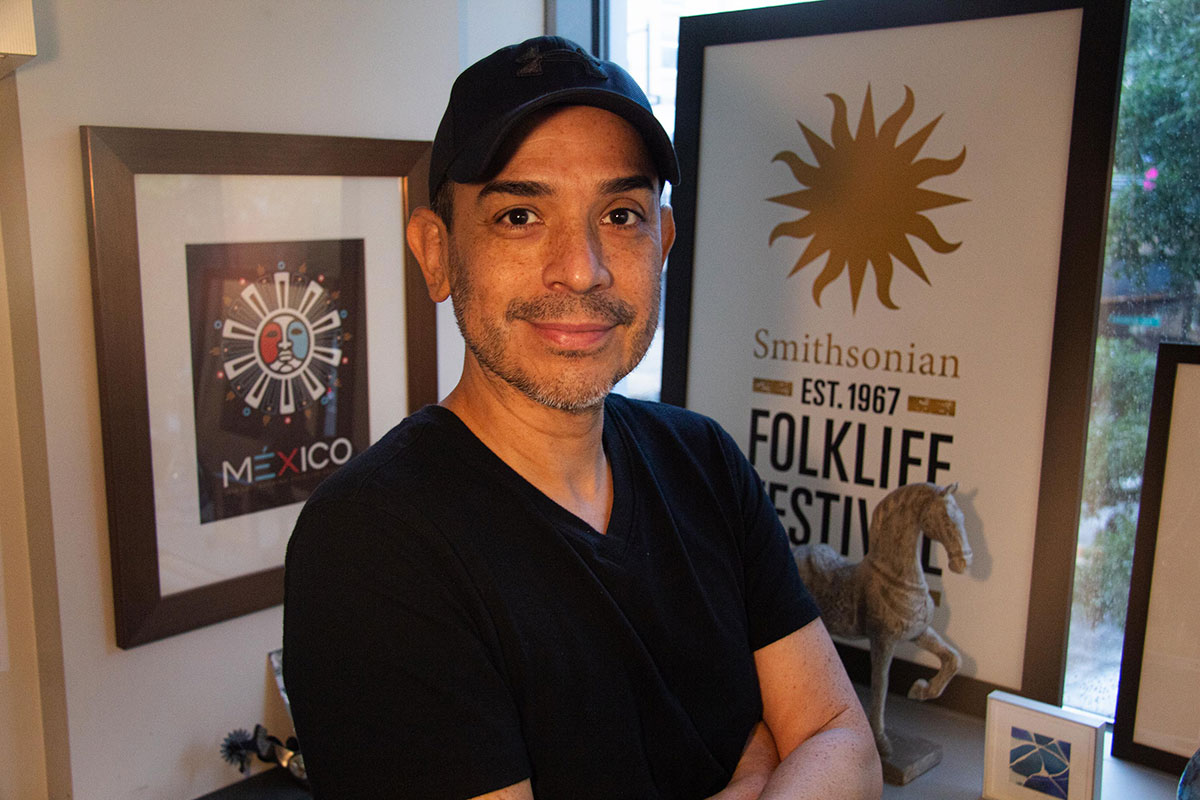Logo Creation: A Year-long Journey
Designing a logo for significant cultural events often requires meticulous thought and planning. The process usually starts about a year in advance to ensure the logo embodies the event’s themes and resonates with its audience. This is particularly true for events that celebrate cultural heritage and youth creativity.
Thematic Considerations in Logo Design
At the heart of any logo lies its theme. For instance, a theme focusing on “Youth and the Future of Culture” conveys a powerful message about the vibrant potential of younger generations in shaping cultural dialogues. Using colors and design elements that reflect this theme can help engage both the youth and the broader community.
Thought Process Behind the Design
The journey begins with brainstorming. Words associated with the theme often guide the visual approach. Key phrases can serve as a foundation for the design process, much like how iconic campaign slogans resonate with their audiences. For example, might one envision the phrase “Youth and the Future of Culture” in bold, contrasting shades to highlight its significance?
Typography: Making a Statement
The choice of typography plays a crucial role in conveying the message of the logo. Large and lowercase lettering can create a dynamic balance, making important words stand out. While traditional logos often use all capital letters, utilizing mixed case could add a fresh twist and emphasize the concept of youth.
Color Choices: Symbolism Matters
After solidifying text, attention turns to color selection. Colors not only aesthetically enhance the design but also embody meaning. Opting for vibrant hues often speaks of energy and enthusiasm, elements that resonate with youth. For example, experimenting with color combinations like hot pink, orange, and neon shades may appeal to younger audiences while still representing cultural diversity.
The Concept of Spectrum
The idea of using a color prism or rainbow signifies inclusivity across cultural spectrums, bringing to light the relativity of youth cultures. This visual representation aligns with the notion of mentorship and collaboration, showcasing the layers of creativity present in community-building.
Importance of Youth Input
An intriguing aspect of this design journey is the opportunity for youth involvement in the decision-making process. Being open to suggestions from young minds can lead to fresh ideas that resonate with their peers. Such collaborative efforts result in logos that truly reflect the spirit of innovation and connection among generations.
The Role of Mentors
Mentorship stands as a significant theme in youth culture, especially in creative expressions. The relationship between mentors and their mentees is an essential component of cultural transmission, highlighting the importance of guidance in developing new talent and ideas. This can influence design approaches, making the visual representation richer and more meaningful.
Finalizing the Logo
As the launch of the event approaches, the finalized logo gets printed on various merchandise, such as T-shirts, tote bags, and promotional materials. The excitement builds as communities anticipate seeing the new logo pop up throughout popular venues, such as cultural festivals or community hotspots. These logos not only serve as identifiers for the events but also as emblems of shared experiences.
Summing Up the Design Process
The journey of creating a logo for cultural events is much more than a simple design task; it’s about merging creativity with meaning. The thoughtful incorporation of youth input, color symbolism, and mentorship reflections results in logos that can captivate and engage audiences like never before. Such logos have the potential to not just promote events but also inspire connections across various cultural narratives.
In the sphere of travel, getting the most from personal experiences is essential. Even with the best logos and marketing, nothing compares to firsthand experience. On platforms like GetTransfer.com, personal preferences guide the choice of transport, allowing travelers to pick their preferred vehicles, thus creating a custom-fit experience for their journey. The ease of selecting a vehicle and the flexibility offered by this service mirrors the essence of crafting experiences that speak to the heart of travel and cultural engagement. This level of personalization reinforces the significance of travel in connecting with local cultures.
Looking ahead, the future of travel is likely to include even more integration of personalized experiences, where companies can seamlessly connect travelers with valuable local insights. Start planning your next trip, exploring fantastic cultural events, and securing your worldwide transfer with GetTransfer.


Megjegyzések